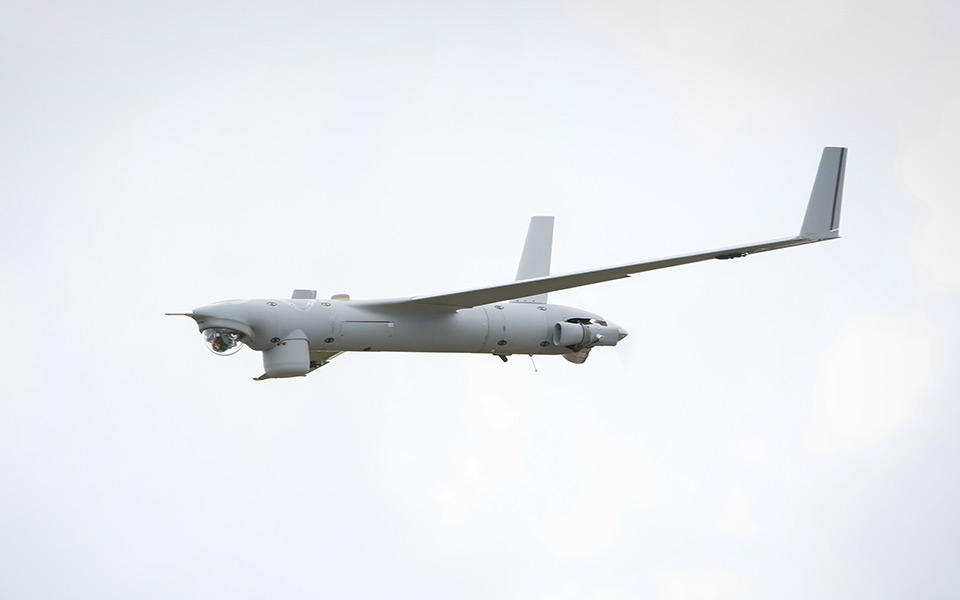ScanEagle drone. Photo: Boeing
The US Navy has awarded Boeing subsidiary Insitu a $191 million contract modification to provide extra Blackjack and ScanEagle drones to the US Navy, Marine Corps, and undisclosed foreign military sales customers.
The new contract, expected to be completed by June 2026, secures an additional 13 RQ-21A Blackjack and 25 ScanEagle air unmanned aerial vehicles (UAV).
The deal also covers 48 Blackjack and ScanEagle payloads and turrets, support equipment, spares, and tools.
The modification comes after a $160 million indefinite-delivery/indefinite-quantity contract was awarded to the company in July.
RQ-21A Blackjack
Insitu developed the RQ-21A Blackjack UAV in partnership with the US Navy to fill their requirement for a small, tactical drone that could operate from land and sea.
The runway-independent system supports a wide range of missions, including electronic warfare, communications relay, and intelligence, surveillance, and reconnaissance.
The manufacturer claims the Blackjack is “the most versatile unmanned aerial system in its class.”
The aircraft’s encrypted command and control data link features a line-of-sight operating radius beyond 50 nautical miles (57.5 miles/93 kilometers) with “electromagnetic shielding to support customized communications and radio frequency sensor payloads.”
US Marines prepare to launch an RQ-21 Blackjack UAS during a Weapons and Tactics Instructors Course at Yuma, Arizona. Image: US Marine Corps/Lance Cpl. Rhita Daniel
ScanEagle
The ScanEagle is a small, long-endurance, low-altitude drone that can stay airborne for 18 hours.
Although smaller in size (1.71 meters/5.6 feet in length compared to Blackjack’s 2.5 meters/8.2 feet), the aircraft can “deliver stable, encrypted air-to-ground comms up to 55 nautical miles (63 miles/102 kilometers).”
The system has been continuously deployed on land since 2004 and at sea since 2005.

US Navy Awards Insitu $191M for Blackjack, ScanEagle Drones
Insitu won $191 million to provide extra Blackjack and ScanEagle drones to the US Navy, Marine Corps, and foreign military sales customers.
 www.thedefensepost.com
www.thedefensepost.com


